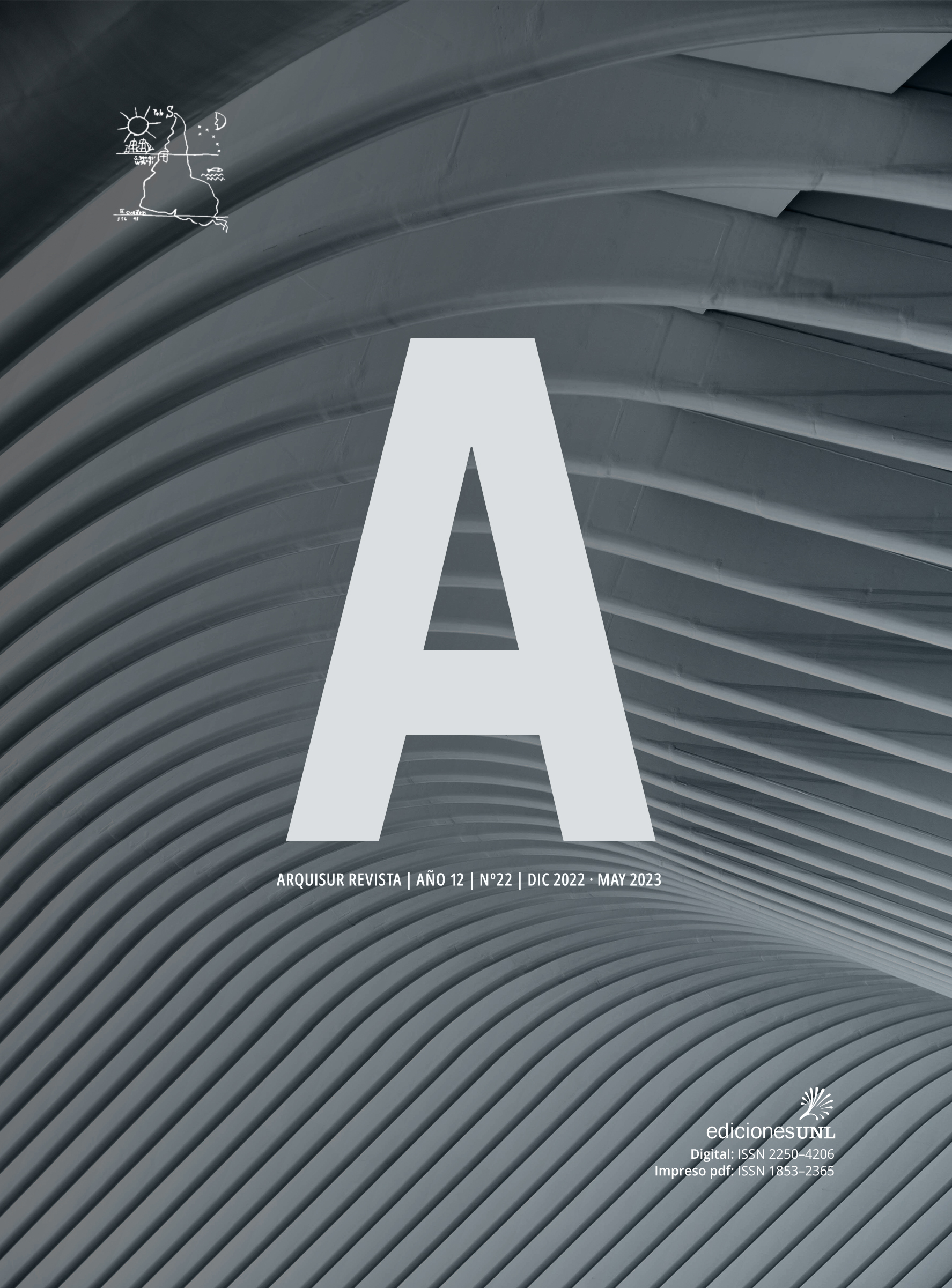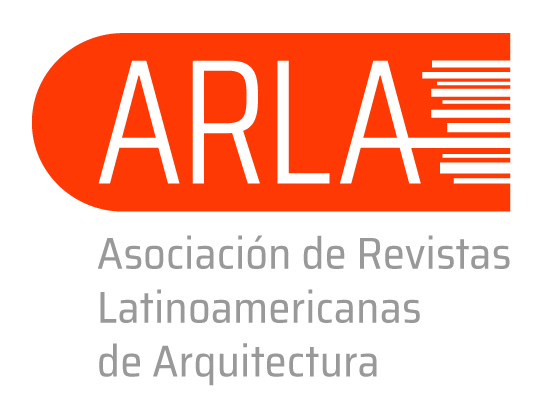Prototype pavilion in Fribourg
Towards an upgrade of argamassa armada through Textile Reinforced Concrete
DOI:
https://doi.org/10.14409/ar.v12i22.11969Keywords:
architecture; engineering; textile reinforced concrete; prototype; sustainabilityAbstract
This article describes a joint research partnership between researchers in Switzerland and Brazil to develop innovative experi-ences on Textile Reinforced Concrete (TRC) upgrading the works with Argamassa Armada built by the Brazilian architect João Filgueiras Lima, Lelé. Since 2016, this research is developed exchanging knowledge and developing new pedagogical approach-es by means of construction workshops and hands-on student activities. As a result, the twentieth century prefab technologies are updated considering a sustainable and contemporary framework, materialized by a TRC Prototype Pavilion built in Fribourg, Switzerland.
References
KOPINSKI EKERMAN, S. (2018). Tecnologia e Transformação: Pré–Fabricação Para Reestruturação de Bairros Populares e Assistência Técnica à Autoconstrução. Universidade Federal da Bahia.
KOPINSKI EKERMAN, S.; SILVA, L.G.M. (2020). Practices on Innovative Technologies: A Digital (Pre) Fabrication Experience at the Undergraduate Program in Architecture and Urbanism. En XXIV International Conference of the Iberoamerican Society of Digital Graphics. Congreso SIGraDi 2020, 660–667. Blucher.
FIB (The International Federation for Structural Concrete) (2018). Bulletin 88: Sustainability of precast structures, State of the art report.
FIB (The International Federation for Structural Concrete) (2011). Bulletin 60: Prefabrication for affordable housing. State–of–art report.
GARGIANI, R. Y BOLOGNA, A. (2016). The Rhetoric of Pier Luigi Nervi, Concrete and Ferrocement Forms. EPFL Press.
GUAITA, P.; BAUR, R.; FERNÁNDEZ RUIZ, M.; FERNÁNDEZ–ORDÓÑEZ, D. (2021). A Prototype Pavilion in Textile Reinforced Concrete: A Tool for Research and Pedagogy. Proc. of the Int. fib Symp. on Conceptual Design of Structures, 511–518. Attisholz.
LATORRACA, G. (1999). João Filgueiras Lima, Lelé. Blau.
RONCONI, R.L.N. (2005). Canteiro Experimental: Uma Proposta Pedagógica Para a Formação Do Arquiteto e Urbanista. Revista do Programa de Pós–Graduação em Arquitetura e Urbanismo da FAUUSP, (17), 142–159.
TERNER, I.D. (1972). Technology and Autonomy. Freedom to Build: Dweller Control of The Housing Process (pp. 199–237). Macmillan.
VALERI, P.; FERNÁNDEZ RUIZ, M.; MUTTONI, A. (2020). Tensile Response of Textile Reinforced Concrete. Construction & Building Materials. Elsevier, (258), 119517–119538. https://doi.org/10.1016/j.conbuildmat.2020.119517
Published
How to Cite
Issue
Section
License
Copyright (c) 2022 ARQUISUR

This work is licensed under a Creative Commons Attribution-NonCommercial-NoDerivatives 4.0 International License.
ACCESO ABIERTO
ARQUISUR Revista es una publicación de acceso abierto y sin ánimo de lucro. No se imputan cargos por la recepción, revisión, evaluación, publicación ni acceso a sus contenidos. Se distribuye bajo una Licencia Creative Commons CC Atribución-NoComercial-SinDerivadas 4.0 Internacional (CC BY-NC-ND 4.0): No se permite un uso comercial de la obra original ni la generación de obras derivadas. Esta licencia no es una licencia libre, y es la más cercana al derecho de autor tradicional.
DESCARGO
Los criterios expuestos en los artículos son de exclusiva responsabilidad de sus autores y no reflejan necesariamente la opinión del Comité Editorial ni de la Dirección Editorial Técnica. Los derechos de los artículos publicados pertenecen a sus autores o editoriales. Los autores ceden sus derechos de publicación al Centro de Ediciones de la Universidad Nacional del Litoral de Santa Fe, Argentina.














